Imagine a place so cold and isolated that the air itself feels like a secret. Now picture a group of scientists, bundled in thick parkas, giggling uncontrollably as a flock of penguins waddle by, seemingly sharing in the absurdity. This isn’t the setup to a joke—it’s the wild reality of Antarctic research, where unexpected discoveries often come with a side of hilarity. When a routine study led scientists to discover penguins unwittingly exposed to nitrous oxide (laughing gas), the icy silence of the southernmost continent was broken by more than just the crackle of frost. Welcome to a world where even the most disciplined research can take a turn for the wonderfully weird, shining a light on both the wonders of science and the unpredictability of nature.
The Unlikely Culprit: Nitrous Oxide in the Antarctic
Antarctica is famous for its relentless cold, endless white landscapes, and—surprisingly—bursts of nitrous oxide. This gas, better known as laughing gas, typically conjures images of dental offices rather than icy wastelands. Yet, beneath the surface of the Antarctic soil, nitrous oxide can be produced naturally through bacterial activity in penguin guano. The copious amounts of droppings accumulating around penguin colonies create the perfect environment for these bacteria to thrive. When penguin researchers began noticing unusually high concentrations of nitrous oxide around these nesting grounds, their curiosity was piqued. It was as if nature itself had decided to inject a dose of humor into their scientific pursuits. This unexpected twist gave rise to a new field of study—one that would see penguins and laughing gas become unlikely partners in the name of science.
How Penguin Poop Turns Into Laughing Gas
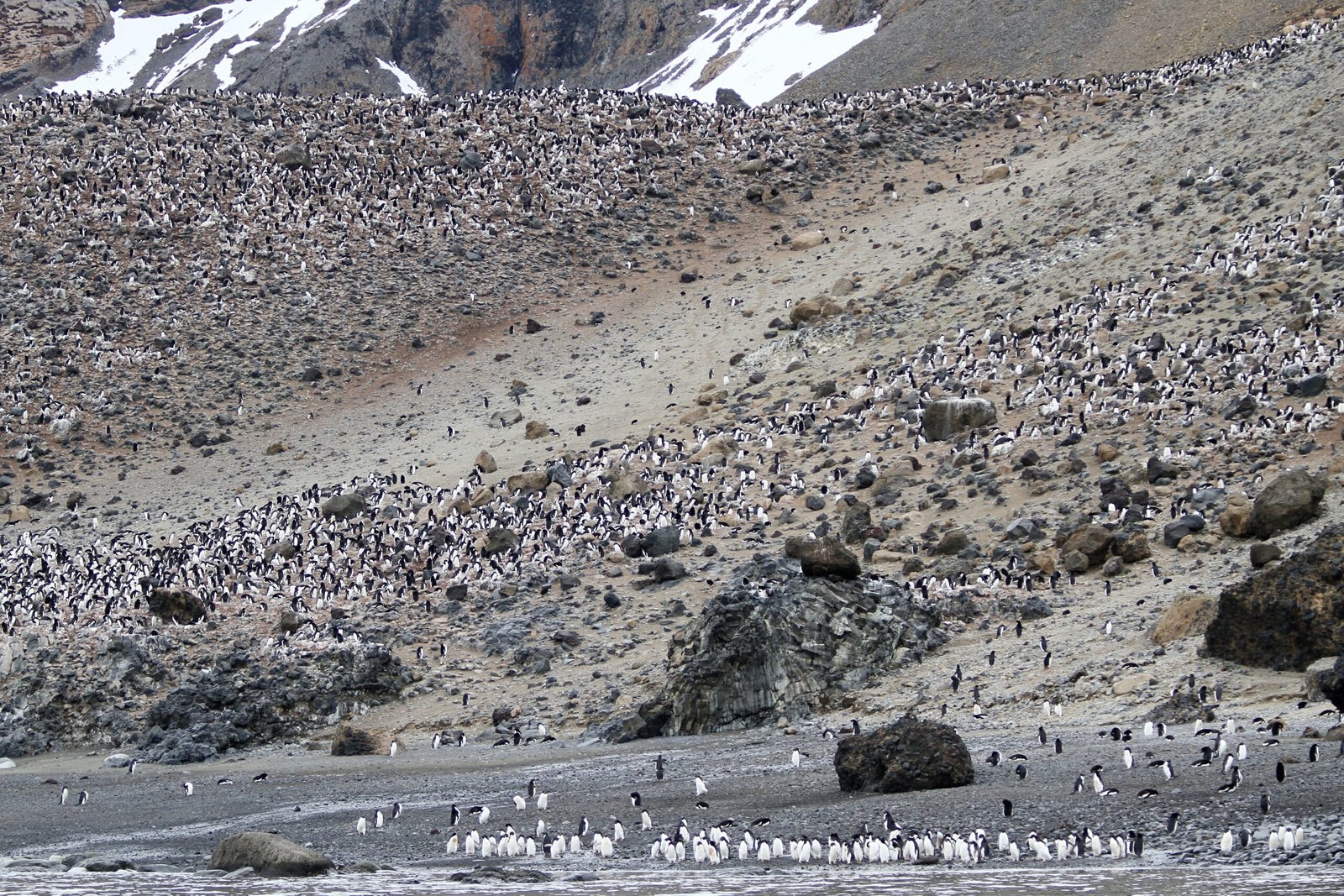
If you ever wondered how penguin droppings could lead to something as peculiar as laughing gas, the answer lies in the world of microbes. Penguin guano is incredibly rich in nitrogen, a crucial ingredient for the formation of nitrous oxide. As penguins gather in massive colonies, their waste piles up, creating nutrient-rich patches that become hotspots for bacterial activity. These bacteria break down the nitrogen compounds, releasing nitrous oxide as a byproduct. What makes this process truly fascinating is just how potent these emissions can be; scientists have measured concentrations of nitrous oxide in some penguin colonies that are hundreds of times higher than those typically found in human agricultural settings. The result is a natural, albeit hilarious, reminder that even the coldest environments can host some of the Earth’s most unexpected chemical reactions.
Scientists vs. The Giggles: The Human Side of Antarctic Research
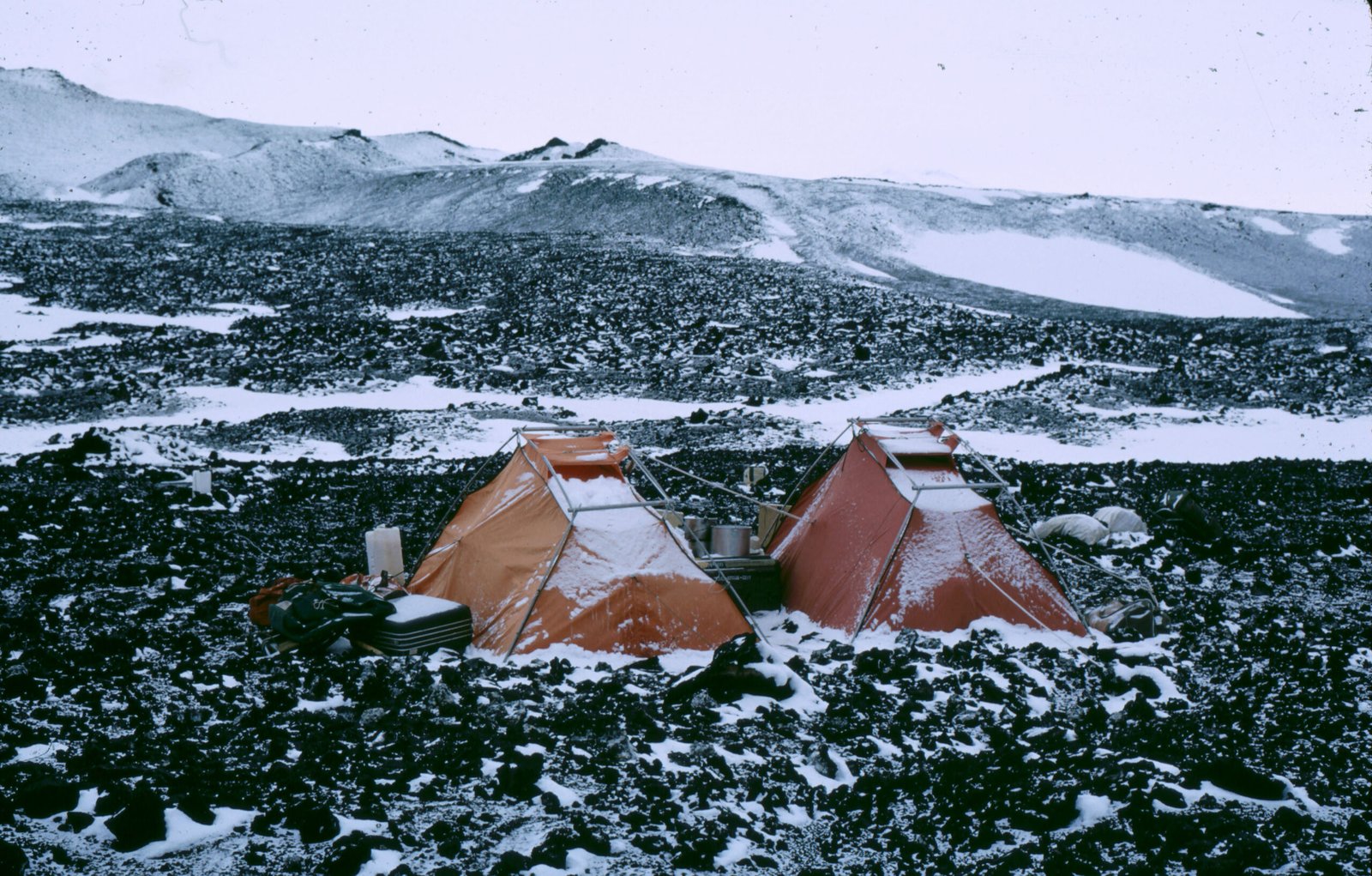
For researchers spending months in the harsh Antarctic environment, maintaining focus is essential—but it’s not always easy when your surroundings are laced with laughing gas. Several scientists have reported experiencing lightheadedness and uncontrollable bouts of laughter while sampling soil near penguin colonies. One researcher described the experience as “a bizarre mix of exhaustion and euphoria,” making it nearly impossible to take notes with a straight face. This phenomenon, while amusing, also serves as a reminder of the unpredictable challenges that come with fieldwork in extreme conditions. The line between serious science and slapstick comedy can blur in the blink of an eye, especially when chemical reactions in nature have such unexpected effects on the human body. These stories add a layer of humanity and humor to a field often seen as remote and forbidding.
Why Nitrous Oxide Matters: The Climate Connection
While the idea of penguins on laughing gas might sound like a punchline, nitrous oxide is no laughing matter when it comes to climate change. As a greenhouse gas, nitrous oxide is roughly 300 times more potent than carbon dioxide in trapping heat in the atmosphere. The emissions from penguin colonies, while tiny compared to global industrial sources, highlight the complex interplay between wildlife and climate. Every puff of gas rising from the snowy ground is a reminder that even the most remote ecosystems are connected to the planet’s broader environmental challenges. Scientists now monitor these emissions not just for the laughs, but to better understand how natural processes in Antarctica contribute to global warming. It’s a sobering twist to an otherwise comedic discovery, underscoring the importance of studying even the quirkiest aspects of our world.
The Penguins’ Perspective: Oblivious Stars of the Show
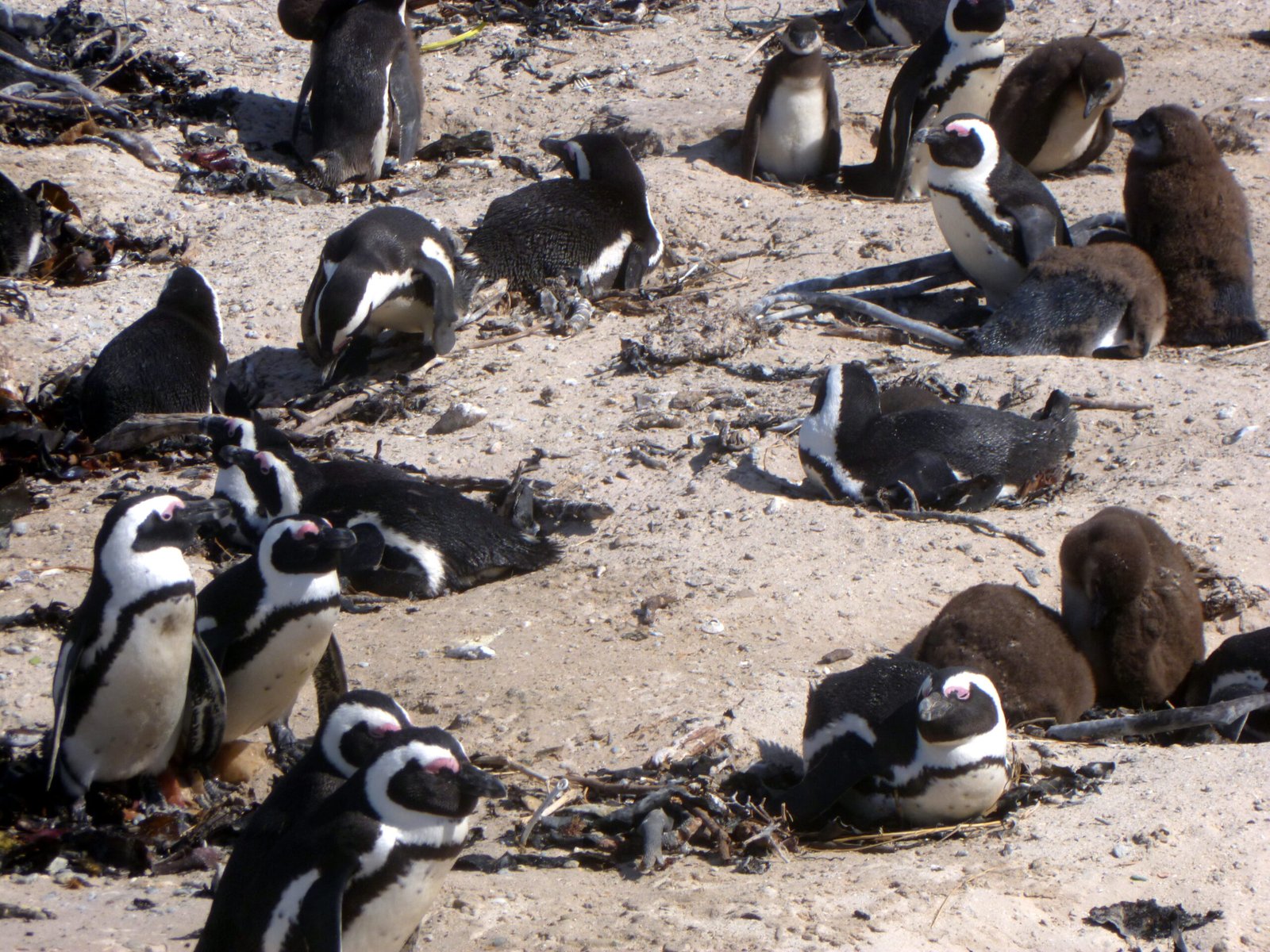
While scientists may find themselves giggling amidst their penguin observations, the birds themselves remain blissfully unaware of the chemical chaos beneath their feet. Emperor and Adélie penguins, two of Antarctica’s most iconic species, go about their daily routines—nesting, feeding, and raising chicks—without any sign that they’re unwitting participants in a scientific comedy. Their resilience in the face of freezing temperatures and fierce winds is legendary, and their colonies are a testament to survival against the odds. The fact that their guano can create such an unexpected spectacle only adds to their mystique. In a way, the penguins themselves become unwitting symbols of nature’s knack for surprises, reminding us that even the most ordinary moments can hide extraordinary secrets.
From Field Notes to Folklore: How Stories Travel
The tale of penguins and laughing gas quickly spread beyond the boundaries of scientific journals. Researchers, returning home from their frosty expeditions, found themselves the stars of dinner parties, recounting stories of accidental hilarity on the ice. These anecdotes have since woven themselves into the folklore of Antarctic research, serving as a reminder that science is as much about discovery as it is about the shared experiences of those who pursue it. Tales of uncontrollable laughter, foggy goggles, and the relentless smell of guano add color to what might otherwise be seen as a bleak and inhospitable environment. These stories fuel the imagination of future generations of scientists, proving that sometimes, the best discoveries are the ones you never saw coming.
Unexpected Lessons from the Frozen Frontier
Research in Antarctica is never predictable. The continent’s harsh environment demands adaptability, and the story of penguins on laughing gas is a perfect example of how scientists must be prepared for anything. Studying these emissions has forced researchers to rethink not only their safety protocols but also their approach to fieldwork. Protective masks, improved ventilation, and a healthy sense of humor have become essential tools in the Antarctic research toolkit. More importantly, this experience has taught scientists to appreciate the importance of flexibility and open-mindedness in their work. The most valuable lessons often come from the most unexpected sources, whether it’s a new scientific insight or a moment of levity in the midst of a polar storm.
The Broader Impact: Raising Awareness Through Laughter
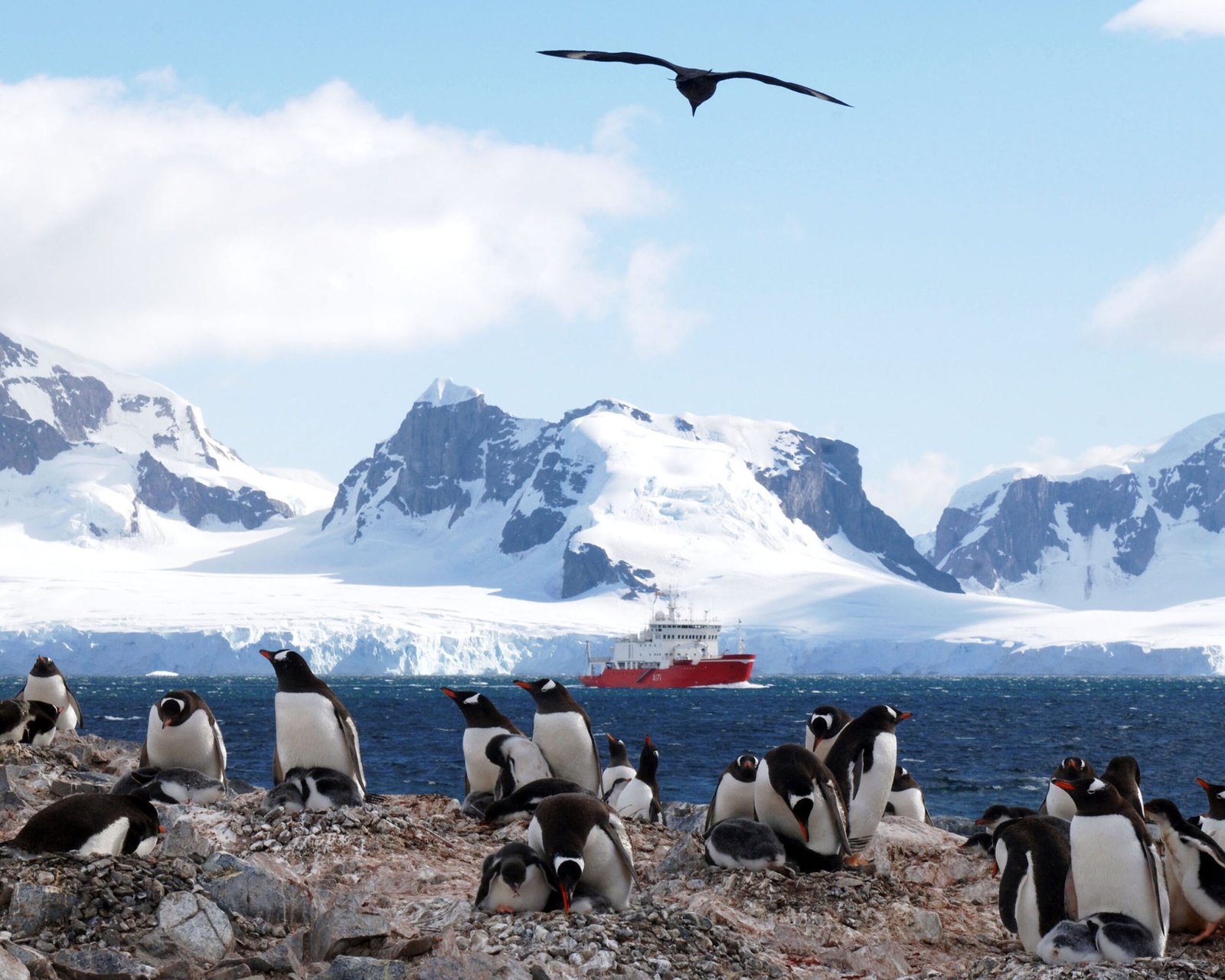
Sometimes, the quirkiest scientific stories are the most effective at capturing public imagination. The image of researchers giggling among penguins has sparked interest in Antarctic ecosystems, drawing attention to the serious environmental issues facing the region. Through humor and curiosity, more people are learning about the delicate balance of life in the polar south and the real-world consequences of climate change. These stories make science approachable and memorable, breaking down barriers between researchers and the public. By sharing the lighter side of their work, scientists can inspire a new generation to care about the planet’s most remote and vulnerable places.
Challenges and Risks: Balancing Fun with Safety
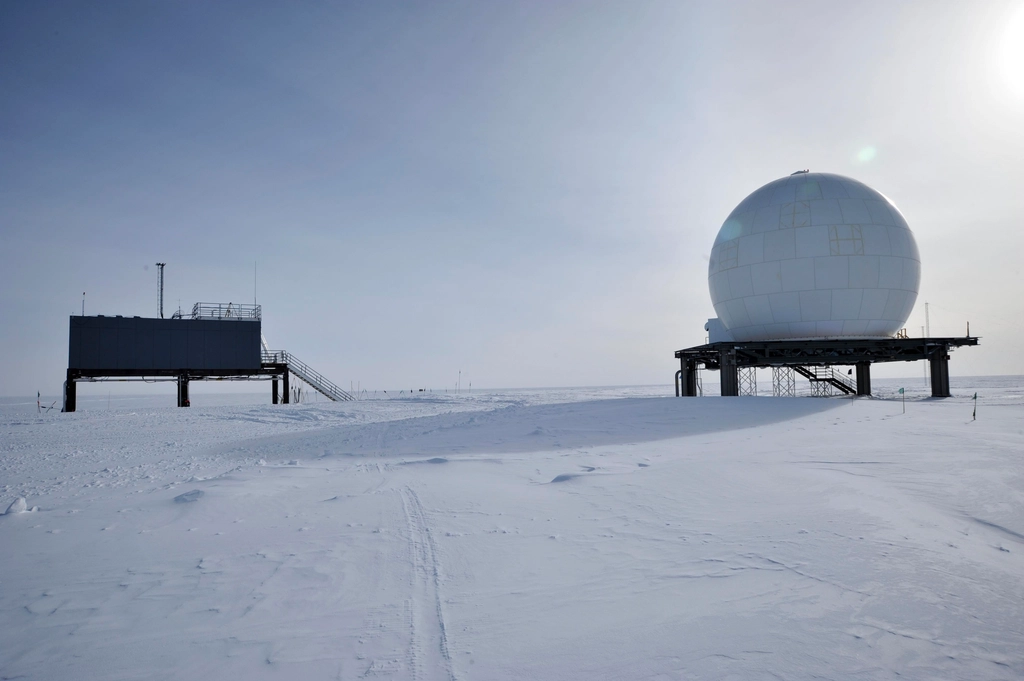
Despite the laughter, exposure to nitrous oxide is not without risks. Extended inhalation can lead to dizziness, impaired judgment, and even long-term health effects if not properly managed. Antarctic research teams have had to adapt quickly, implementing safety measures to protect themselves while still gathering valuable data. Ensuring proper ventilation, wearing protective gear, and monitoring air quality are now standard practice when working near penguin colonies. These precautions are a testament to the unpredictability of field research and the importance of vigilance, even when the situation seems more comical than critical. The balance between enjoying the unexpected and maintaining safety is a lesson that echoes far beyond the icy plains of Antarctica.
The Ongoing Mystery: What More Could Penguin Poop Reveal?
The discovery of nitrous oxide emissions from penguin colonies is just one chapter in a much larger story. Scientists now wonder what other secrets might be hidden beneath the snow and guano. From previously unknown bacteria to new insights into ecosystem dynamics, the Antarctic landscape is a living laboratory filled with untapped potential. Each expedition brings the promise of fresh surprises, reminding us that the pursuit of knowledge is never truly finished. The ongoing study of penguin colonies is a testament to the power of curiosity, the thrill of the unknown, and the enduring magic of discovery at the edge of the world.




